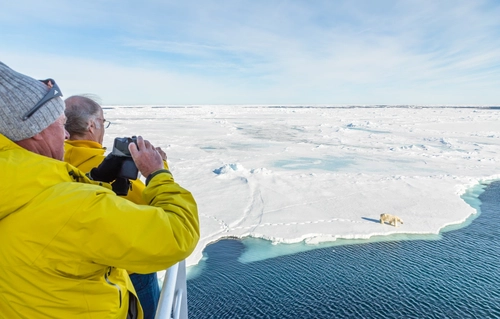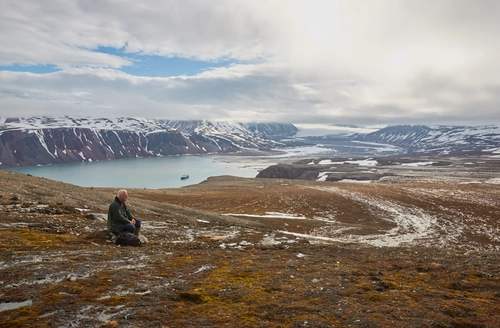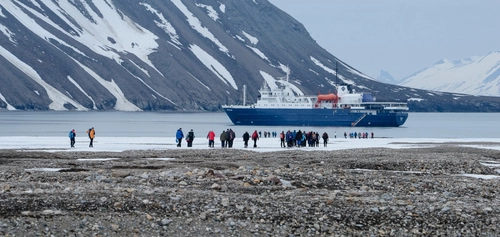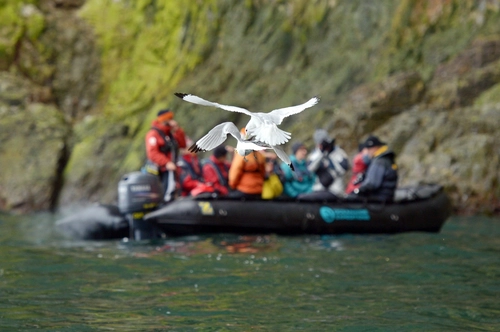The Arctic archipelago of Svalbard is renowned for being one of the prime locations to observe polar bears. The largest island in this region, Spitsbergen, not only offers sightings of these majestic Arctic creatures but also provides a unique opportunity to experience the phenomenon of pack ice.
However, we have yet to delve into the specifics of north Spitsbergen, which stands out as the ultimate spot in the entire island chain to witness both pack ice and polar bears.
In this article, we will address this oversight by detailing a Svalbard trip that thoroughly explores the quest for bears and ice - a voyage aptly named “North Spitsbergen, in Search of Polar Bears and Pack Ice.”
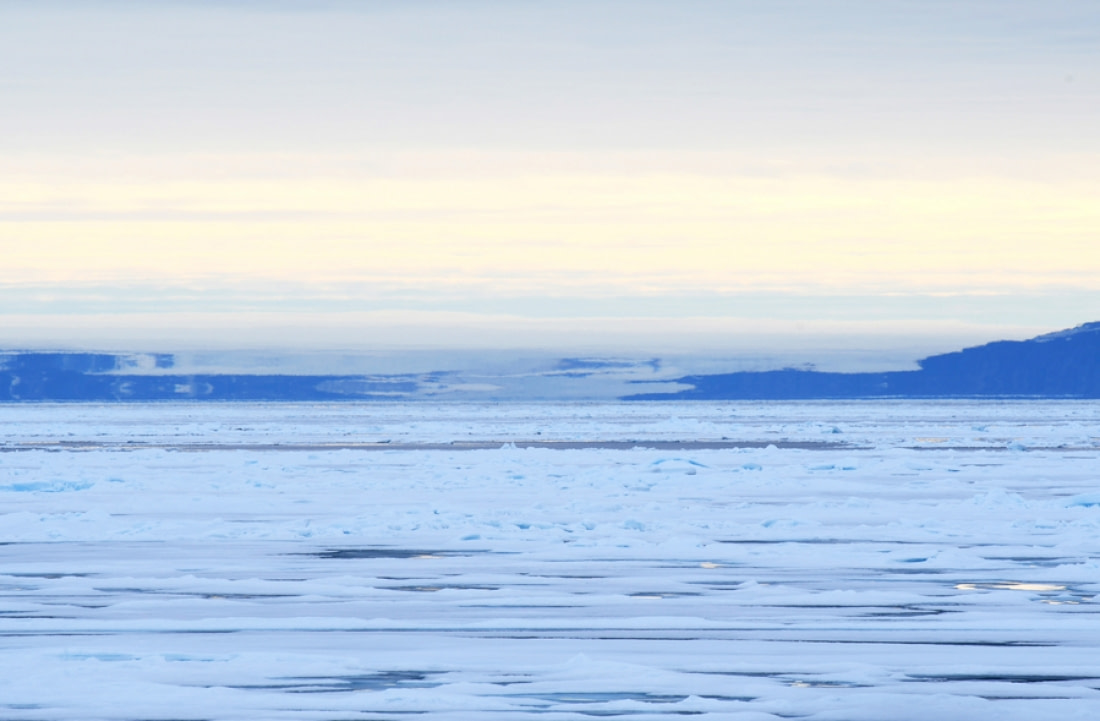
A brief day-by-day glance at our North Spitsbergen quest for polar bears and pack ice
This exhilarating voyage, while encompassing other exotic Arctic wildlife and landscapes, primarily focuses on the two most iconic elements of the region.
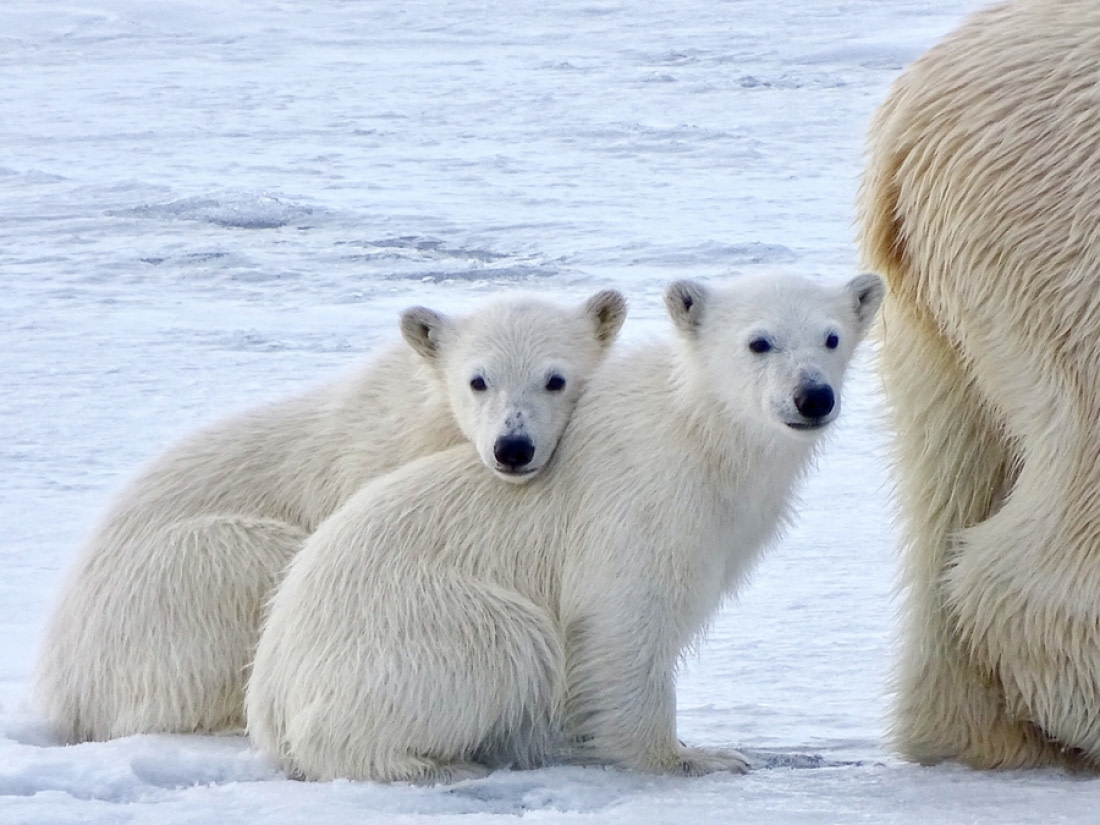
Like other Svalbard cruises, this journey begins in Longyearbyen, the administrative center, where you can explore local attractions before embarking. By early evening, you’ll be sailing out of Isfjorden, where it’s advisable to keep an eye out for minke whales.
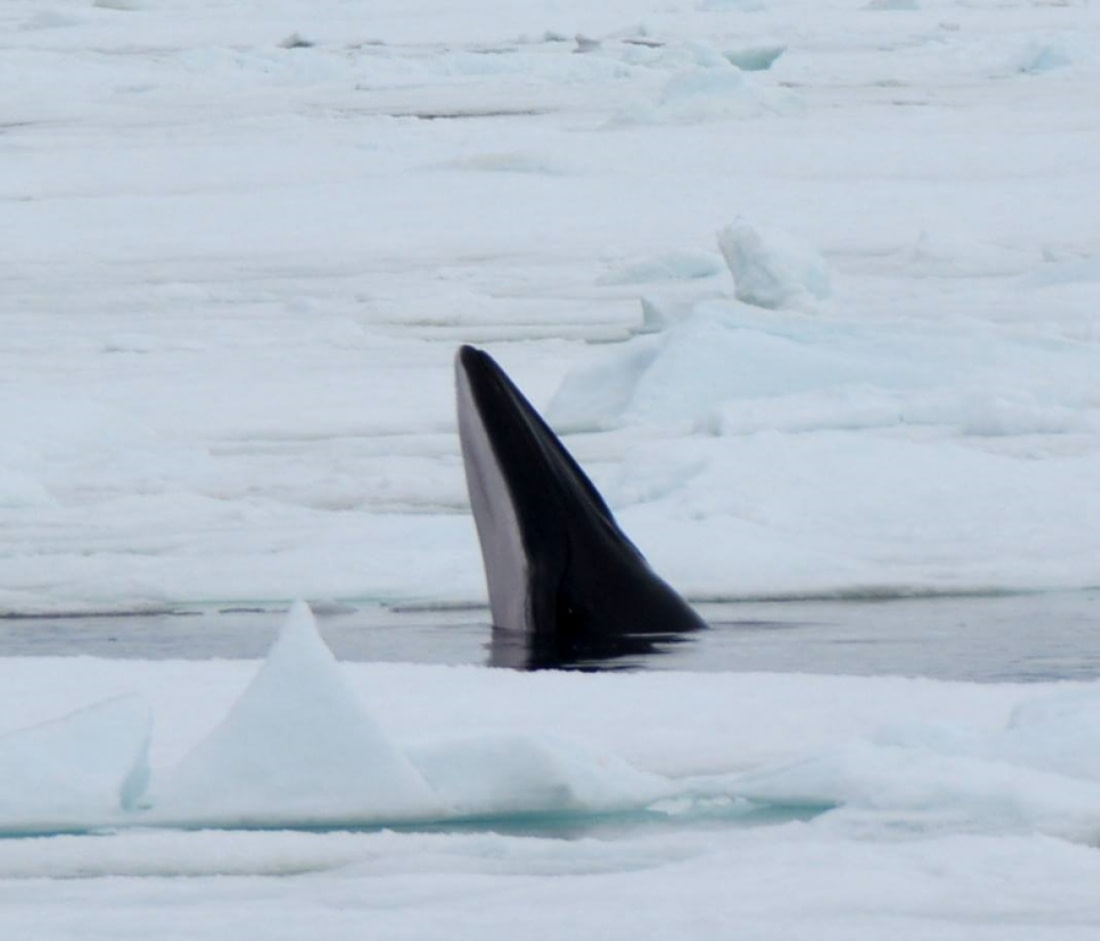
The next day, you’ll reach Raudfjorden, a vast fjord filled with glaciers. This area is home to ringed and bearded seals, thriving seabird colonies, rich vegetation, and polar bears.
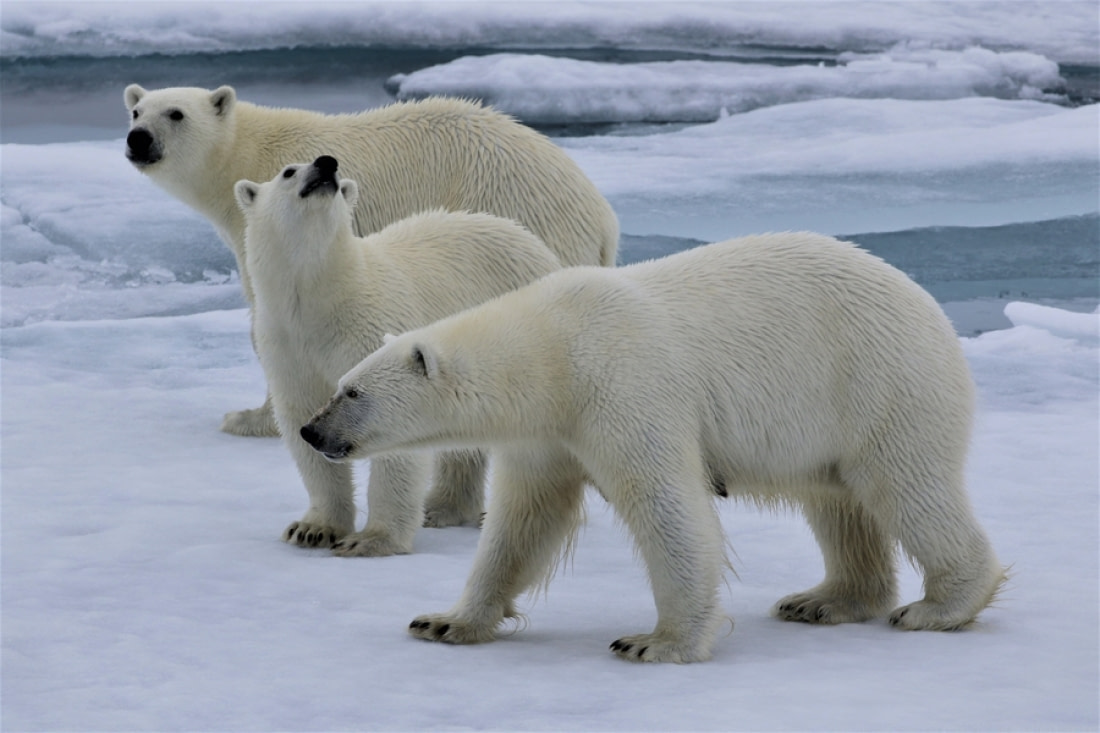
On day three, you’ll visit Liefdefjorden. Weather permitting, you’ll see the massive Monaco Glacier, which is 5 km (3.1 miles) long. Thousands of kittiwakes frequent this area, and the glacier’s base is a popular hunting ground for polar bears.
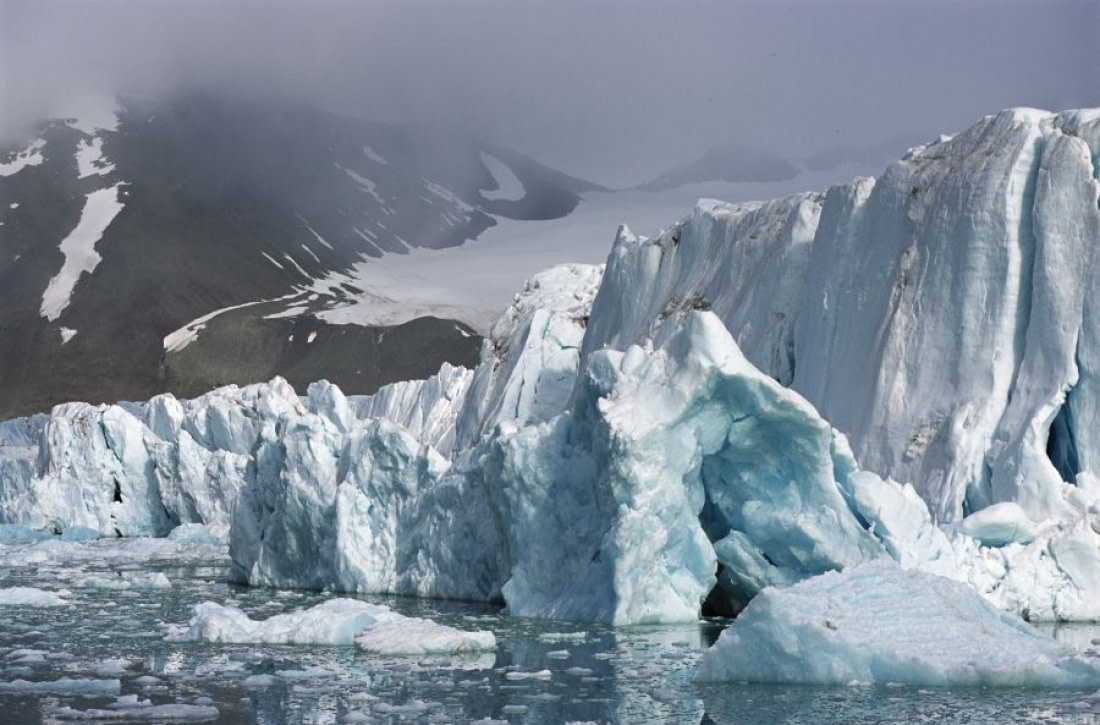
If weather or pack ice conditions hinder sailing early in the season, an alternate route along the west coast of Spitsbergen will be chosen.
On day four, you’ll enter Hinlopen Strait, where you might spot bearded seals, ringed seals, polar bears, and occasionally blue whales. Zodiac cruises through the ice floes of Lomfjordshalvøya and visits to the bird cliffs of Alkefjellet, home to thousands of Brünnich’s guillemots, are highlights of this area.
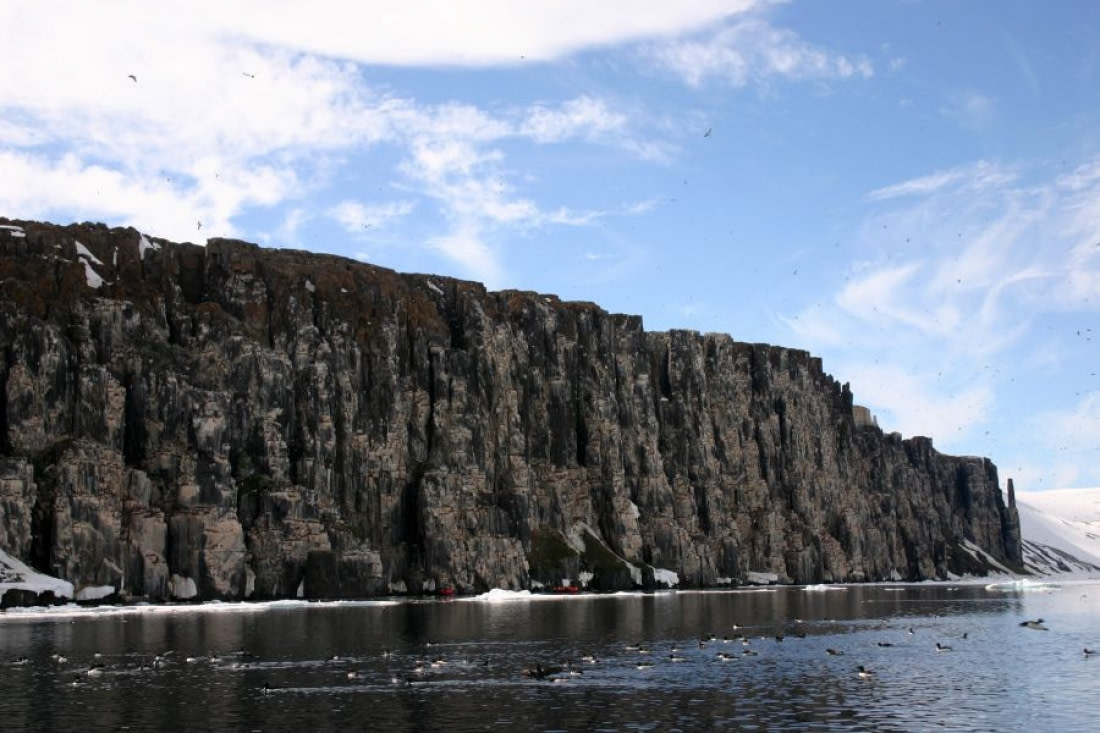
A same-day landing on Nordaustlandet, the second-largest island in Svalbard, might also be attempted. Here, you could see reindeer, pink-footed geese, and walruses. If pack ice prevents sailing into Hinlopen, alternative routes are available.
Day five takes you to the Seven Islands, reaching the northernmost point of the voyage at 80° north, just 870 km (540 miles) from the North Pole. Polar bears are sometimes seen here, so the ship will spend several hours among the pack ice before heading west again.
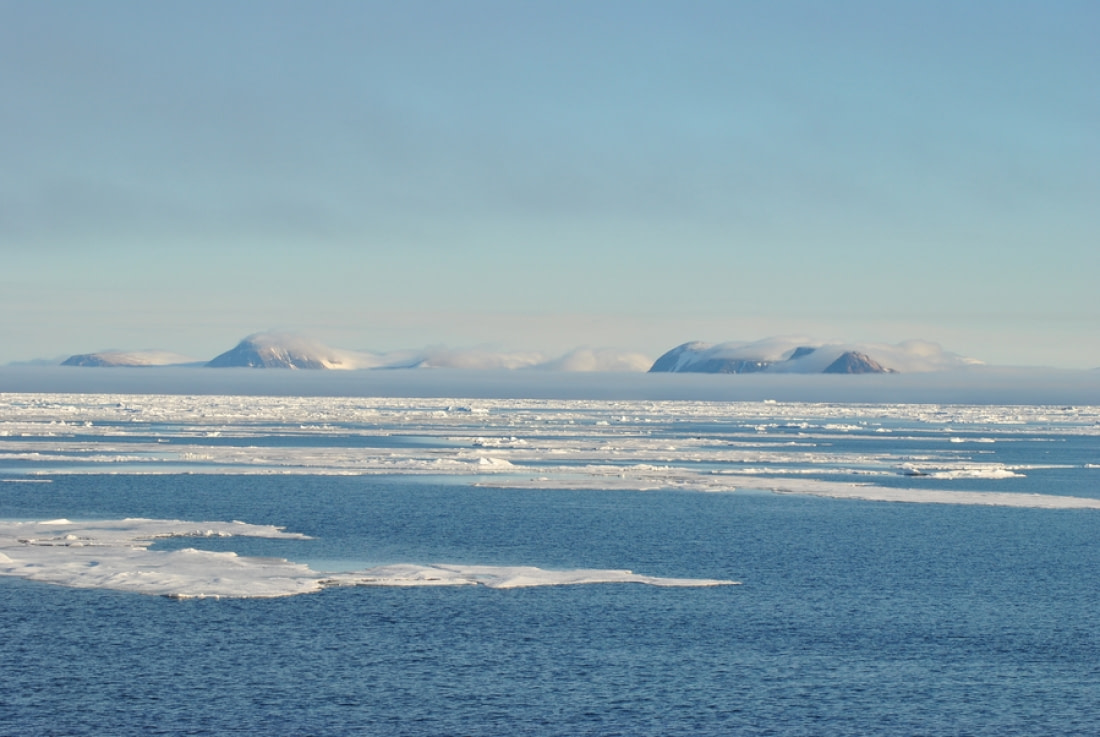
On the sixth day, the expedition retraces its route west, keeping an eye out for polar bears and elusive Greenland (bowhead) whales. About 40 nautical miles west of Spitsbergen, you’ll be sailing along the edge of the continental shelf.

This area is where fin whales forage during the summer in upwelling zones, where cold, nutrient-rich water rises from the sea’s depths. Upon reaching the mouth of Kongsfjorden, there’s a good chance of spotting more minke whales.
On day seven, you’ll explore the walrus haul-out shores of Forlandsundet. Alternatively, you may visit St. Jonsfjorden or the mouth of Isfjorden, where a landing at Alkhornet is possible. Seabirds nest on the cliffs near Alkhornet, and Arctic foxes often search below for fallen eggs and chicks. Reindeer may also be seen grazing on the sparse vegetation.
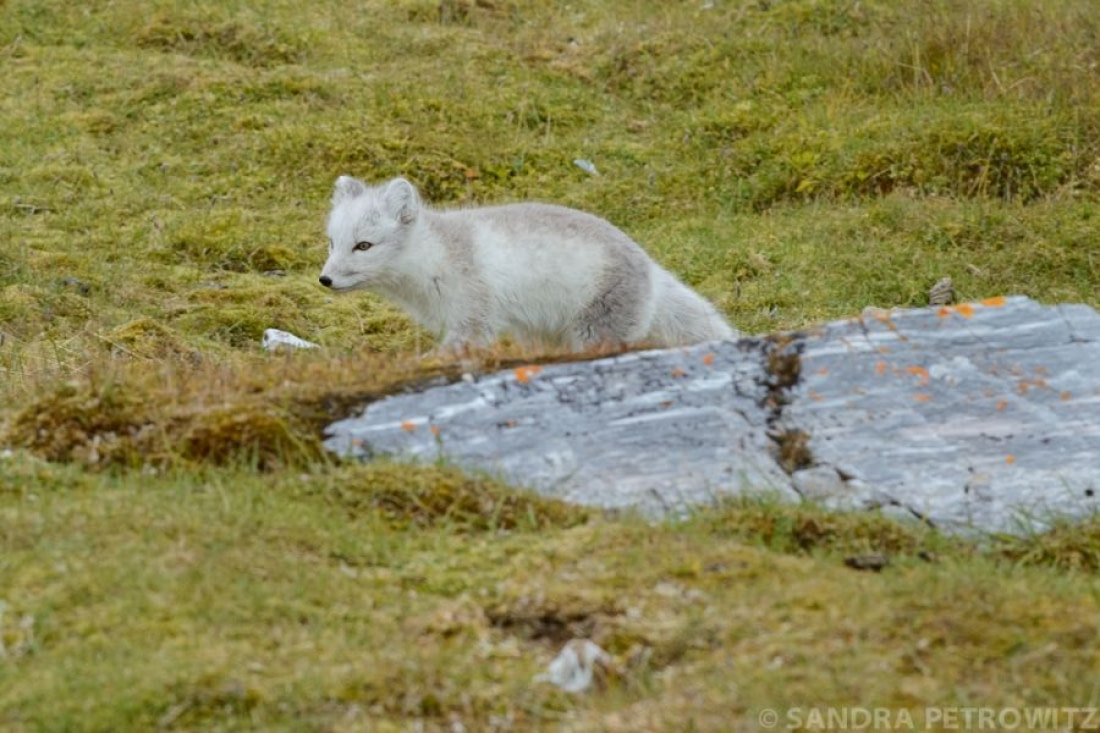
Later that night, you’ll return to Longyearbyen and disembark the following day.
While there’s a good chance of seeing polar bears on this voyage, no guarantees can be made. Polar bears are not an overly abundant species, and even the most experienced crew cannot predict their exact location and timing.
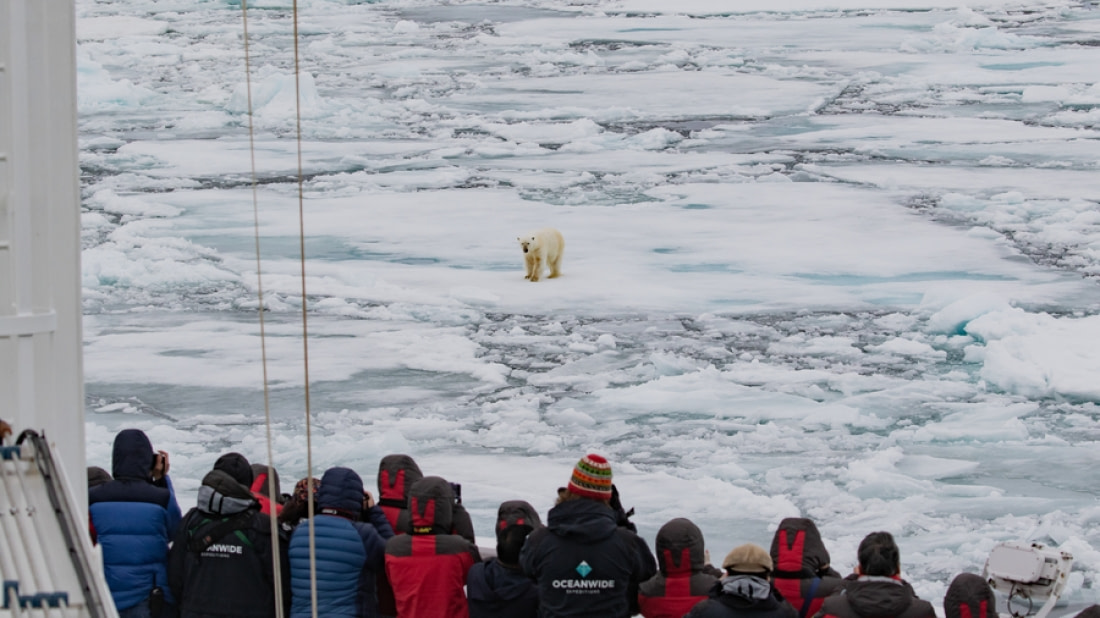
Nevertheless, this voyage offers some of the best opportunities to see polar bears. Even if you don’t spot one on your first trip, the breathtaking ice formations and unique wildlife of north Spitsbergen make this expedition truly worthwhile.

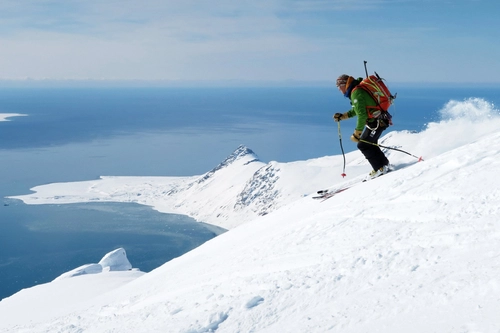
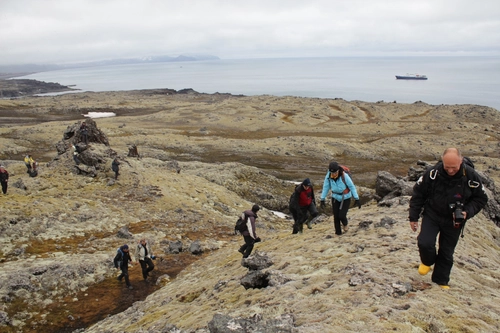
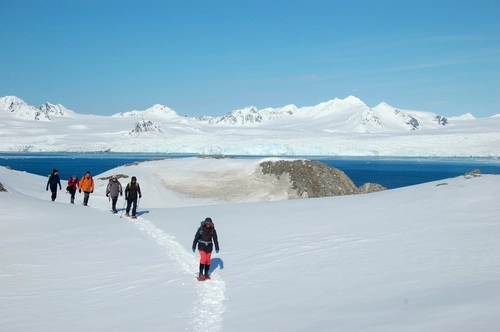
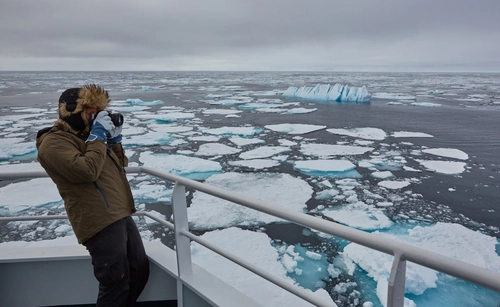
Related Trips
Blog



Why a Polar Diving Cruise Should be Your Next Great Decision
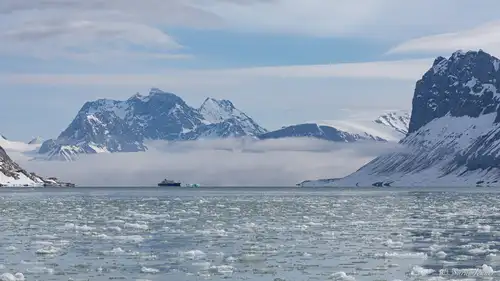
Svalbard vs. the Canadian Arctic
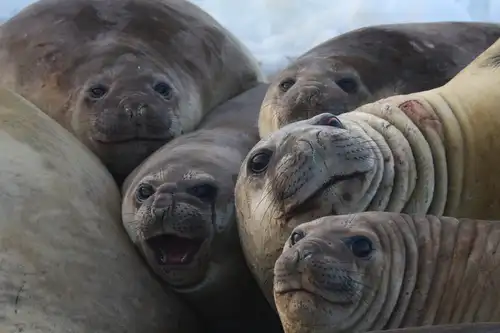
Large and in Charge: Antarctica’s Southern Elephant Seals
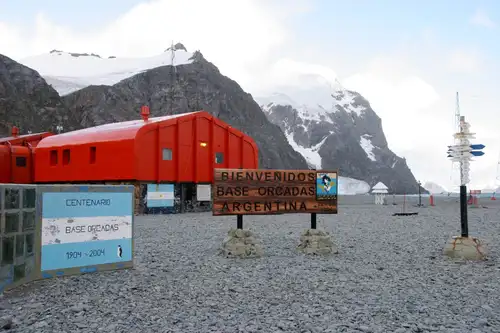
A Look Into the International Research Stations of Antarctica
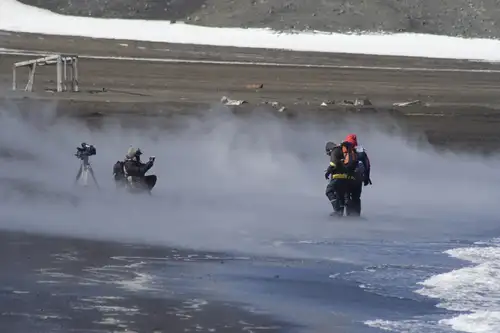
Deception Island deceptively active
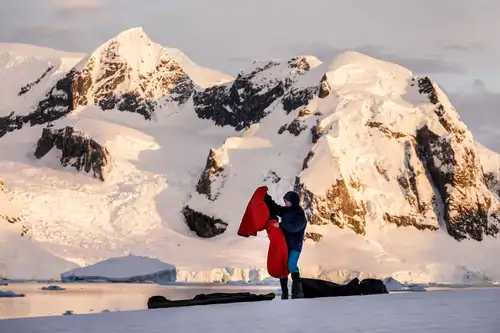
Camping in Antarctica: a True Expedition Experience
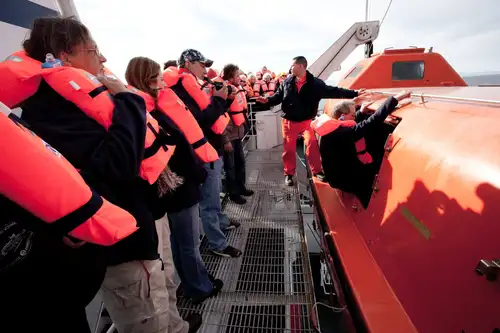
The Evolving Shipboard Eco-traveler

Wreck Diving in Antarctica
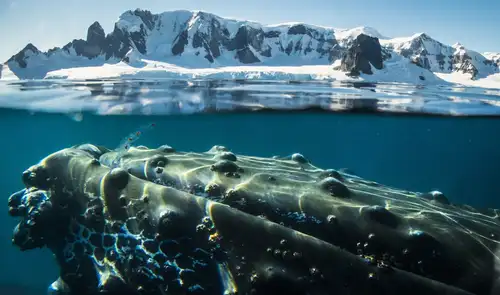
Baleen Whales – The Gentle Giants of the Ocean
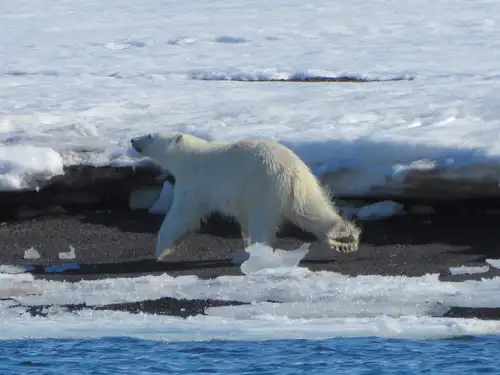
Polar bear feast

Traditional Lifestyles of the Inuit
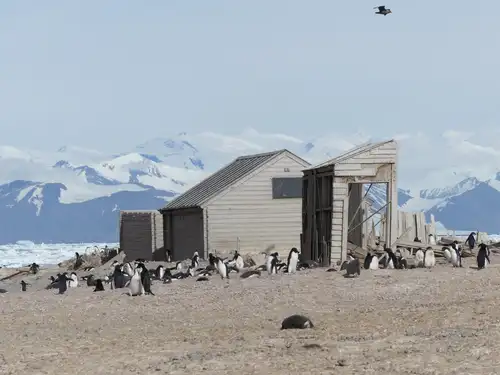
The First Buildings in Antarctica: Borchgrevink’s Historic Huts
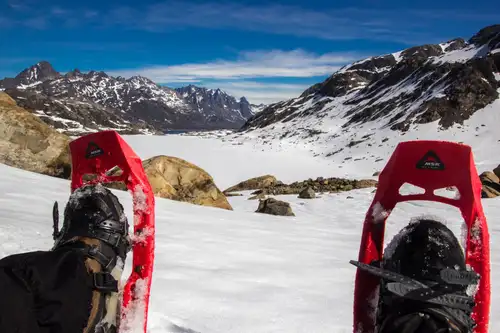
Five Reasons Why Snowshoeing is a Perfect Polar Activity
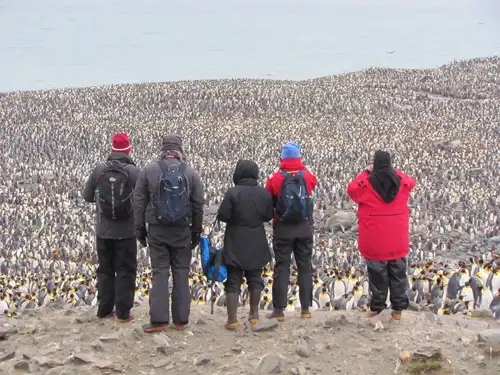
Scenes from St. Andrews Bay: 12 Pics of Penguins, Seals, and More
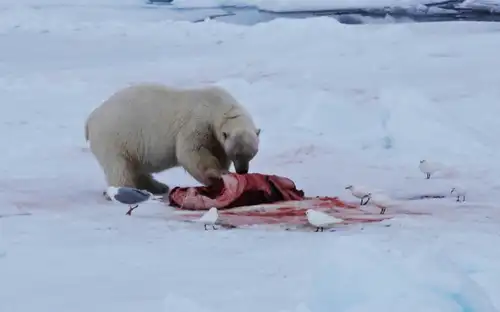
“The polar bear will still be there”
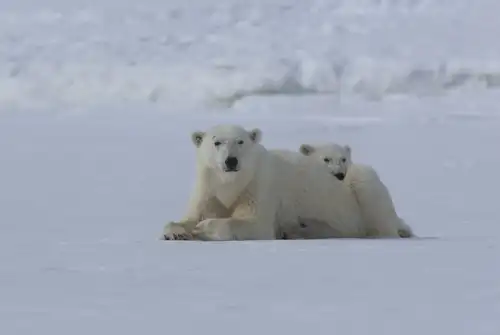
Polar Bears and Pack Ice: 22 Pics from North Spitsbergen
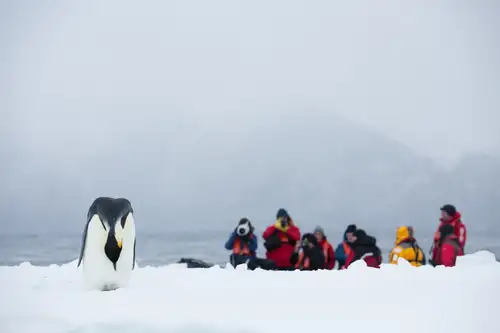
Five Reasons You Should Cruise the Ross Sea Immediately

8 Whales You Might See During Your Antarctica Cruise
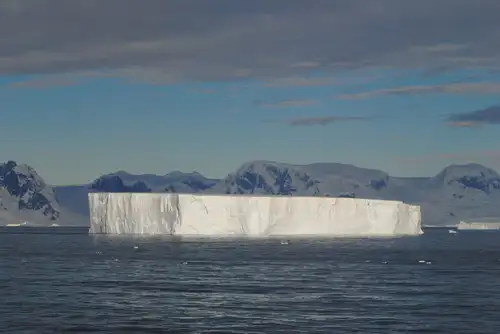
What the ice reveals about Antarctica




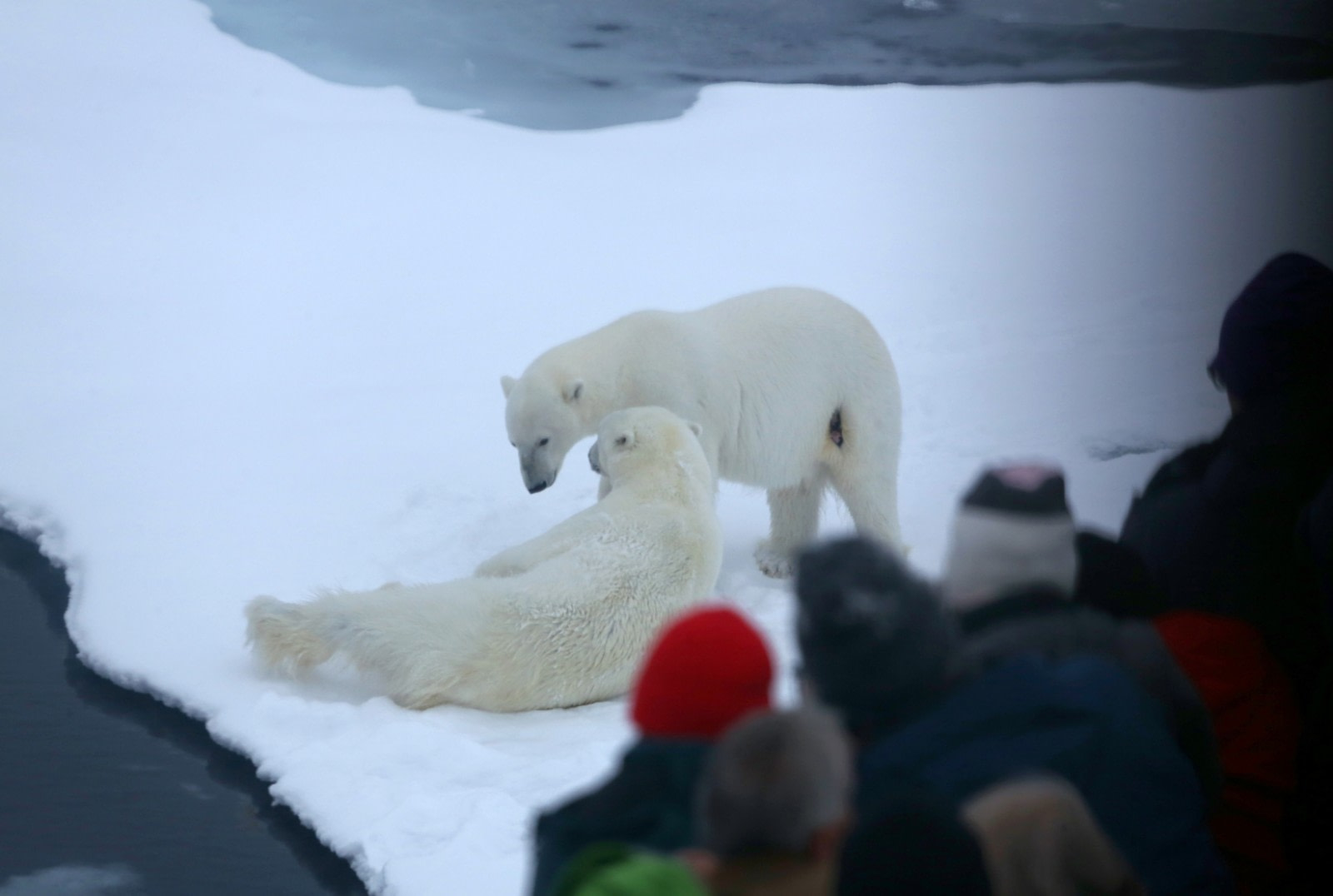

 8 Days / 7 Nights
8 Days / 7 Nights

